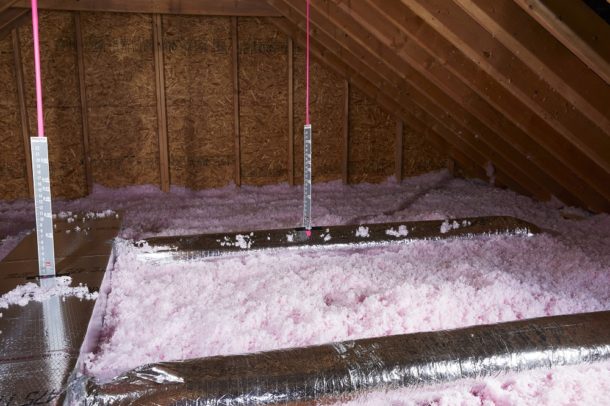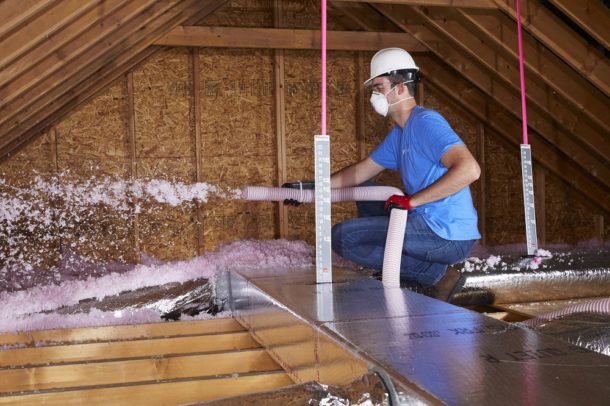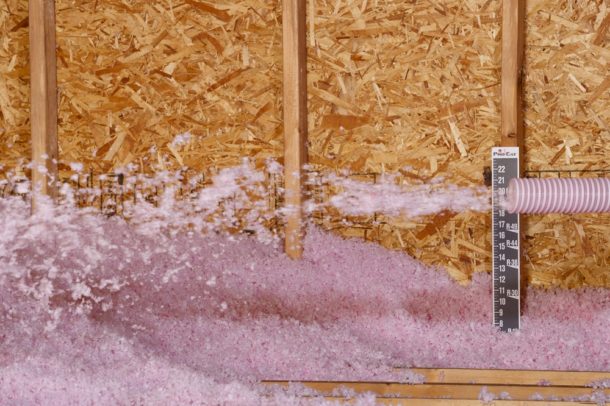Ductwork Learnings on HVAC and Aging in Place
The term “aging in place” refers to homeowners’ ability to stay in their home as they age. But what’s good for a homeowner, may not be good for a home’s ductwork system. As homes built during the housing boom of the late 1990s and early 2000s age, many of these homes’ ductwork systems – particularly in areas such as the deep south – are beginning to show their age.
While HVAC contractors understand the benefits of replacing aging, less efficient HVAC equipment, what about the unseen parts of the comfort system? Even the highest performing, most energy efficient system will not deliver optimal performance if the invisible network of ducts that distribute air to every room in a home are damaged, leaky, or poorly connected.
Aging ductwork is a key concern in many housing markets that experienced robust growth during the housing boom – Southern Florida, Phoenix and Las Vegas, for example. Ductwork in many of these warm region homes is located in the unconditioned attic space, where it is out of sight and not subject to routine maintenance.

The integrity of a home’s ductwork in unconditioned spaces can have a big impact on comfort, energy, and efficiency. Offering duct inspections and retrofits can help contractors optimize their customers’ comfort while generating an additional source of revenue for the business.
Owens Corning recently piloted a duct retrofit service with five HVAC contractors in Florida. The objective was to understand homeowners’ interest in ductwork -and evaluate conditions in aging homes. The HVAC ductwork inspection evaluated key ductwork areas, with a focus on helping stop the spread of airborne pollutants and unwanted noise while improving home comfort and efficiency:
Ductwork inspections reviewed:
- Duct insulation integrity
- Interior duct condition
- Exterior duct condition
- Sealing around duct joints
- Evaluation of output efficiency
Contractors in the pilot found that a home’s ductwork is an overlooked opportunity to add comfort and support homeowners in creating comfortable environments. Few homeowners are aware of the role their home’s ductwork plays in facilitating comfort, air flow and the spread of airborne pollutants. Contractors also found that speaking with customers about their home’s ductwork, conducting a duct inspection, determining if the duct is sized properly, and explaining the benefits of a duct retrofit helped generate new business opportunities.

Pilot participants found that a good place to start the conversation with homeowners is by reviewing a checklist of signs suggesting duct problems. These signs may include:
- Musty smell
- Excessive dust
- Mold/mildew or visible “dirt” around vents
- Condensation on (or near) AC unit cooling coils
- Frequent cycling
- Hot or cold spots
- Visible ductwork damage
While many homeowners take great pride in having the most energy efficient cooling equipment, they will not enjoy the benefits of their investment if their ducts are leaking. In fact, the typical house loses up to 30% of the air in ducts due to leaks and holes in ductwork. Today’s HVAC equipment is more energy efficient than ever, standing up to today’s vigorous code environment and weather that seems to keep getting warmer. But as American homes age and energy codes are stricter, the ductwork distributing air is not keeping pace.

To learn more about Owens Corning’s air distribution services and how duct retrofit can support your business and the homeowners you serve, contact Duct Retrofit Program Business Development Leader Dave Pawlicki at dave.pawlicki@owenscorning.com




Join the conversation: